While television is starting to have lot more LGBTQ+ characters, the same can’t be said for cartoons. For a long time, LGBTQ+ representation in most tv and film wasn’t representation at all. LGBTQ+ characters were either villains by way of their gender or sexuality or the butt of jokes. It wasn’t until recently that positive LGBTQ+ representation, centering these characters’ identities and formative experiences, became more common. Anime, unlike much of the animation in America and much of the Western world, has a target demographic beyond children. So the usual complaints of forcing sexuality onto vulnerable kids never applied as much. Even more, Japan tends to not have the same obstacles in publishing LGBTQ+ works as we see in places like the US.
This is not to say that Japan is where it should be either. Plenty of characters are problematic and there are plenty of problems in real society for LGBTQ+ people. But anime is a place where, when LGBTQ+ characters are centered properly, we get to dodge the horrors of the real world. We get to imagine a reality in which amazing stories and compelling characters are in the spotlight. This is what I mean by LGBTQ+ anime; anime following LGBTQ+ characters where they are a significant portion of the anime’s focus.
Now that we’re heading into pride month, it’s the perfect time to highlight some of those anime. Some you’ve likely heard of, some not. In any case, here, in no particular order, are 5 anime you should check out this Pride month and 1 honorable mention.
Sasameki Koto / Whispered Words
Honor student Sumika Murasame has had a massive crush on her best friend, Ushio Kazama for years. Both of them are girls, but Sumika has a dilemna. Ushio only likes cute, small girls. Sumika, for her part, is tall, toned and athletic, practicing martial arts at her family’s karate dojo with incredible skill. She’s incredibly outgoing and doesn’t match the shy and reserved archetype Ushio is typically attracted to.
What makes this show special is how much it captures uncertainty and strong emotions for its characters. Whispered Words takes care to constantly reinforce that these characters are high schoolers and best friends. It’s difficult enough being gay in high school. It’s even more difficult taking all the difficulties of unrequited love and adding those to the mix. Every character is unique and quirky. Despite the simplicity of the story, there is incredible depth to the emotional growth each one faces. Moreover, I think it’s incredibly refreshing to see a LGBTQ+ show of any kind where the unrequited love isn’t a matter of a LGBTQ+ character pursuing a straight character. This alone makes Whispered Words unique on top of everything else amazing about it.
Bloom Into You
Yuu Koito is a massive fan of shojo manga and expects to feel excited when she finally starts finding romance on her own. She expects to get a confession, feel her heart skip a million beats, and finally achieve all of the emotions she reads about in manga. But when a classmate in junior high confesses to her she feels absolutely hollow. She is very familiar with romance but she never feels capable of experiencing it for herself. All of that changes in high school. She meets Touko Nanami, a second year and seemingly perfect person. Touko constantly gets confessed to but never seems capable of reciprocating. That is, until she falls in love with Yuu and confesses to her.
Bloom Into you is similar to a lot of other LGBTQ+ anime in that its young characters spend a lot of screen time exploring romance. But the anime takes it a step further. Rather than just exploring relationships as a binary thing to have or not have, Bloom Into You goes levels deeper. Within relationships, its characters explore how desires for intimacy, connection, physical desire, and warmth ebb and flow, not always concurrently. It showcases vulnerability and the mindset of romance in a way very few other anime even get close to.
Kino’s Journey – the Beautiful World
Kino’s Journey follows, as one would expect, Kino’s journey. Kino travels across the world with the talking motorcycle Hermes. Carrying just guns for protection, Kino travels to tons of countries, strange places, and mystical worlds. Kino’s custom is to stay in a location for just three days. This is enough time to learn the most important elements about a place while still leaving plenty of time to depart and explore somewhere new. In every journey, the connective theme is observation. Kino and Hermes don’t interfere with or change the places they go. Even in some morally gray encounters, they don’t judge who they see.
Kino’s Journey is incredibly unique, even among LGBTQ+ anime. Strictly speaking, Kino’s gender is ambiguous. There is never an explicit label put to their gender in particular terms. Kino has an androgynous design and generally responds to questions about identity with “I’m just Kino.” In today’s language, most people seeking to find a label would probably say that Kino is nonbinary, and this seems like a fitting descriptor. But whether you believe Kino is nonbinary or just ambiguous, gender identity and presentation is a consistent backdrop to Kino’s Journey. The anime is fantastic and thought provoking; Kino’s character is just one great part of that amazing combination.
Banana Fish
Banana Fish is just awesome. The romantic scenes are incredibly iconic and created plenty of traffic on social media among fans. The anime follows 17-year-old Ash Lynx. He’s the boss of a gang of street kids in New York. One day, Ash happens upon a man murdered right in front of him. That man, in his dying breath, says “Banana Fish.” Ever since Ash’s brother, Griffin, came back from the Iraq War, he has muttered those exact same words. Ash meets Shunichi Ibe and his assistant, Eiji Okumura, who are Japanese photographers reporting on American street gangs. After all of them are attacked, Ash needs to investigate Banana Fish and find out what secrets surround it.
Banana Fish is sometimes categorized as a Boys’ Love (“BL”) series because of its gay characters. But this anime has a world with a lot different of a focus from most BL manga and anime. The criminal and gangster elements of the show are reminiscent of an old school mafia movie. That crime-noir setting usually doesn’t focus as much on character development in favor of broader plot. Banana Fish does the exact opposite, developing countless characters over every arc. Plus, studio MAPPA handles animation and it looks absolutely fantastic.
Miss Kobayashi’s Dragon Maid
I really really really really love this show. If I could erase my own memory, I’d forget this show just so I could watch it for the first time again. The show follows titular character Kobayashi, a programmer who drunkenly stumbles upon a massive dragon one night. Kobayashi managed to remove a sword in the dragons’ back and offered her a place at her home as a personal maid, which the dragon agreed to. The dragon, Tohru, eventually transforms into a human woman sporting a maid costume. Kobayashi for her part is absolutely obsessed with maids. But, Tohru, being from another world, is absolutely clueless when it comes to blending in or doing housework. The show follows the pair as they learn to live together and manage all of the interesting dragons, gods, and mythical creatures that she attracts.
This show is incredibly heartwarming and unbelievably wholesome. It captures the microcosm of the “home” and all of the emotions and comfort that come with it. Tohru is very much in love with Kobayashi, who struggles to place her emotions and respond properly to intimacy. Their relationship is one that develops as the audience learns more and more about their families and pasts. Seeing this relationship that bypasses species and entire worlds is a pure, cute experience that I could not recommend more. Plus, there’s a whole host of other characters who, while perhaps not as compelling as Tohru and Kobayashi, are incredible in their own right.
5 LGBTQ+ Anime of Many!
Obviously, this isn’t an exhaustive list. Tons of good anime are out there. With this list, I tried to spotlight several that I don’t think quite as many people would have heard of, which is why shows like Yuri!!! on Ice aren’t here. Whether you personally identify as LGBTQ+ or not, these are all excellent shows regardless. This pride month is a great time to watch more shows like this, especially if you haven’t given them a chance in the past.
Honorable Mention: JoJo’s Bizarre Adventure
Ok, hear me out before you start thrashing the keyboard. Obviously, JoJo’s Bizarre Adventure does not really fit the definition I gave for LGBTQ+ anime just sentences ago. For one, Dio is canonically bisexual and this is directly confirmed by series author Araki. Even beyond that, Jojo’s Bizarre Adventure is very obviously stretching the bounds of masculine presentation in a battle-shonen anime. Men aren’t afraid to show affection, dress flamboyantly, or adopt poses so iconic that even non-anime fans recognize them nowadays.
Series author Araki makes use of haute couture and outfits inspired by musicians like Prince. While none of this speaks to the sexuality or gender of the characters (or the artists, for that matter) it means the show is queering something. In this case, taking a series of tropes centered in masculinity and making changes that make audiences reexamine them in new lights is an action rather than an identity. So while it doesn’t fit the earlier definition, it’s certainly a show worth mentioning. Plus, it’s a fantastic anime overall. Don’t be a wimp and skip the first two parts either.
©荒木飛呂彦&LUCKY LAND COMMUNICATIONS/集英社・ジョジョの奇妙な冒険THE ANIMATION PROJECT
Ⓒクール教信者・双葉社/ドラゴン生活向上委員会
© 吉田秋生・小学館/Project BANANA FISH
©2018 仲谷 鳰/KADOKAWA/やがて君になる製作委員会
©2009 いけだたかし・メディアファクトリー/梅枝高校女子部
©2017 時雨沢恵一/KADOKAWA アスキー・メディアワークス/キノの旅の会

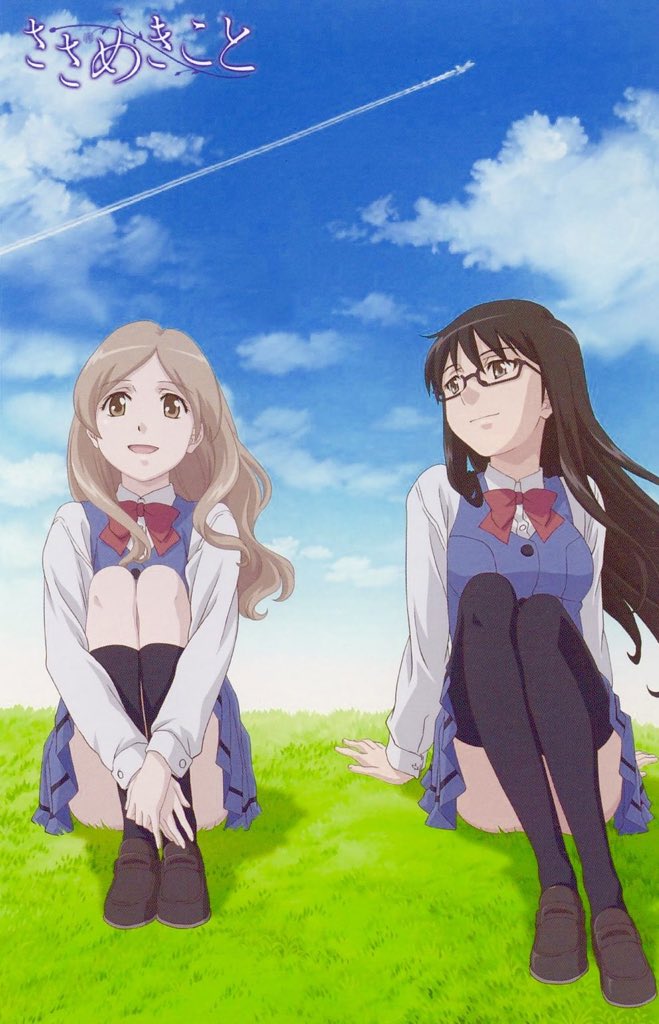
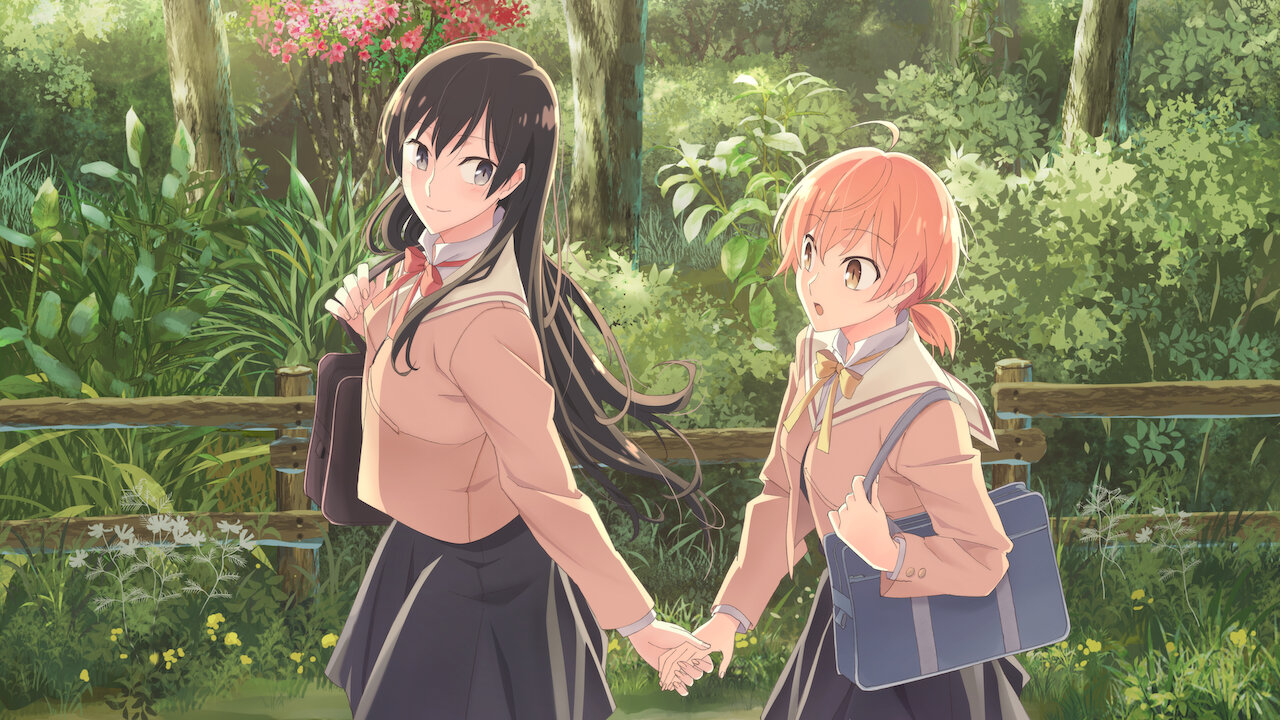
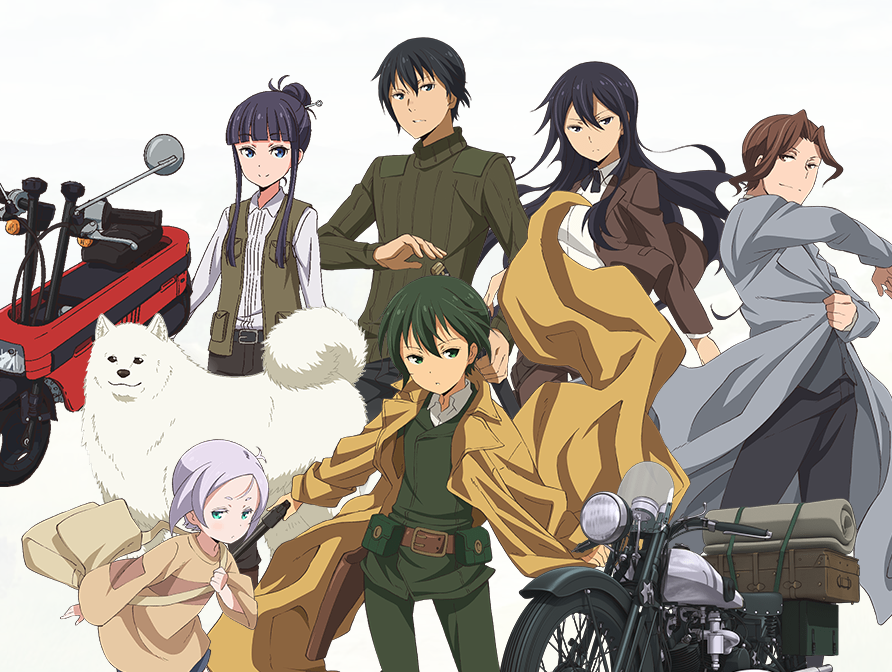
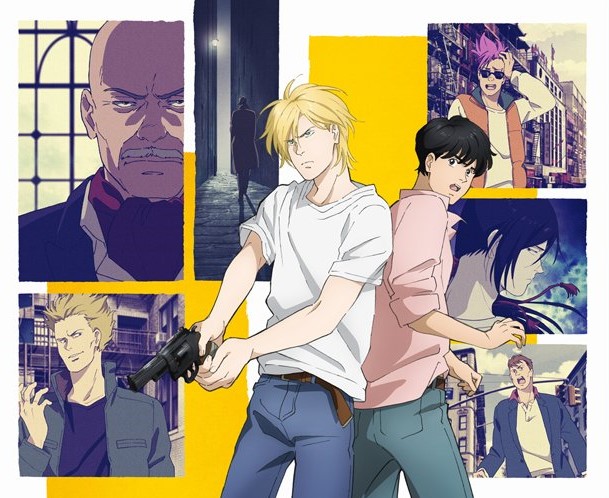
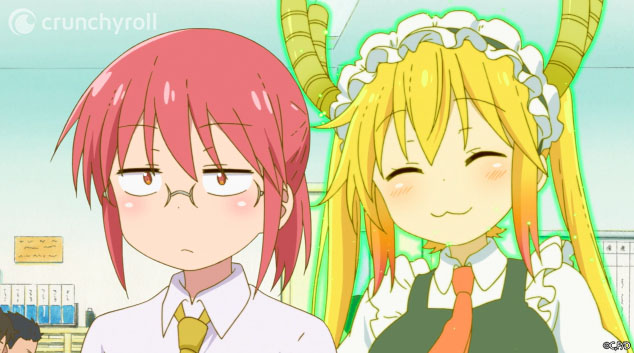
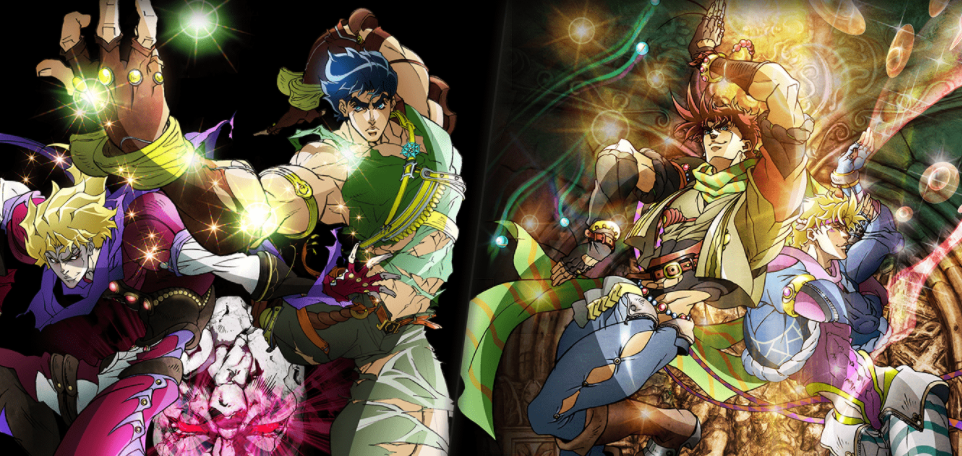
Participate In Discussions